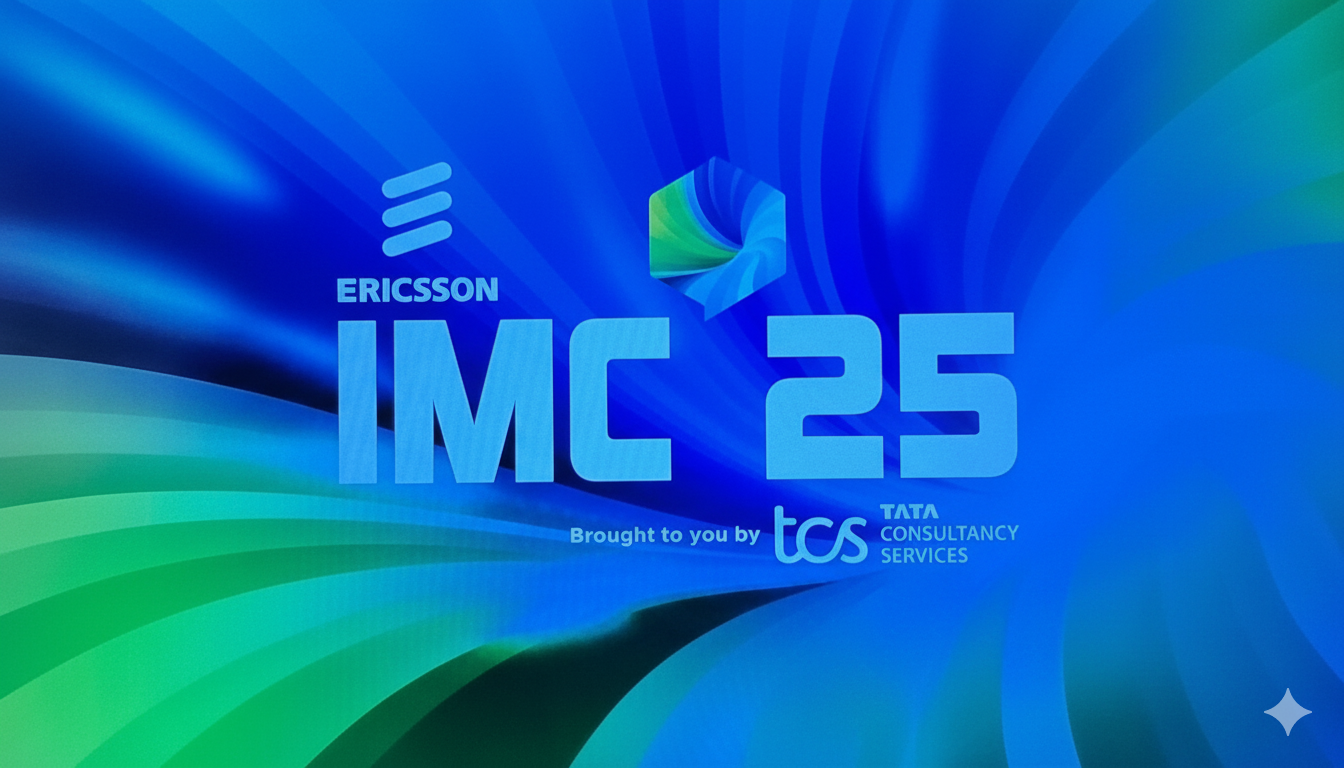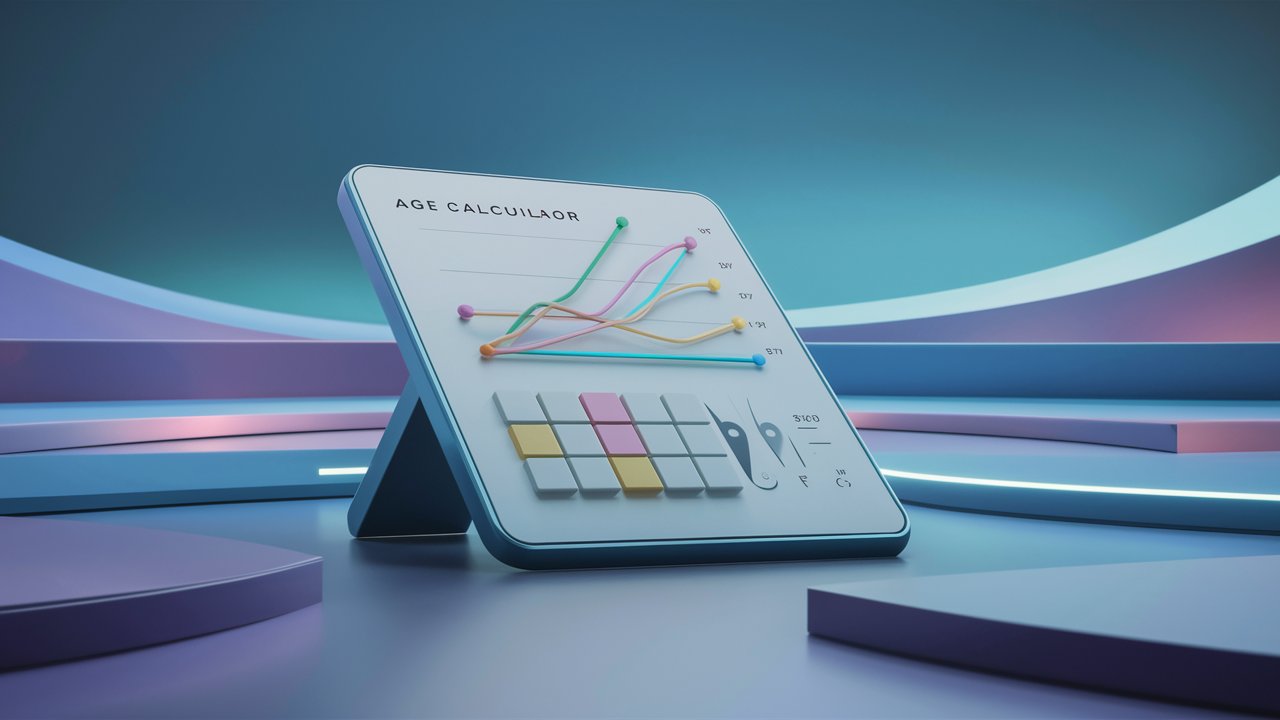- Home
- /
- Courses
- /
- Fundamentals of Web3.0
- /
- D. Decentralized Applications (dApps)
Introduction
Decentralized applications, or dApps, are the lifeblood of Web3.0, bringing the vision of a decentralized internet to life through user-facing applications that run on blockchain networks. Unlike traditional applications controlled by centralized entities, dApps operate on peer-to-peer networks, leveraging smart contracts to deliver transparent, trustless, and censorship-resistant services. From decentralized finance platforms like Uniswap to digital collectible marketplaces like OpenSea, dApps are redefining how we interact with technology, empowering users with control over their data and transactions. This chapter dives into the architecture, development, and real-world impact of dApps, exploring how they integrate with blockchains, utilize decentralized storage, and enhance user experience. By the end, you’ll understand how dApps function, how to build one, and why they are a cornerstone of Web3.0’s ecosystem.
Picture a world where your favorite social media platform, banking app, or online marketplace runs without a central authority, where your data isn’t harvested, and where you can transact freely without intermediaries. This is the promise of dApps. Built on platforms like Ethereum, they combine familiar frontends with blockchain backends, creating applications that are both user-friendly and decentralized. In this chapter, we’ll unpack the components of a dApp, explore development tools like Web3.js and Ethers.js, and examine real-world examples that showcase their transformative potential.
What is a dApp?
A decentralized application (dApp) is a software application that runs on a blockchain or peer-to-peer network, with its backend logic executed by smart contracts. Unlike traditional apps, which rely on centralized servers (e.g., AWS or Google Cloud), dApps distribute their operations across a network of nodes, ensuring resilience and transparency. A dApp typically consists of three layers:
- Frontend: The user interface, built with web technologies like HTML, CSS, and JavaScript, similar to traditional apps. For example, Uniswap’s sleek interface allows users to swap tokens seamlessly.
- Backend (Smart Contracts): The logic, written in languages like Solidity, runs on a blockchain like Ethereum. Smart contracts handle data storage, transaction processing, and business logic.
- Blockchain Integration: The dApp communicates with the blockchain via libraries like Web3.js or Ethers.js, enabling interaction with smart contracts and user wallets.
For instance, a decentralized to-do list dApp might have a React-based frontend, a Solidity smart contract storing tasks on Ethereum, and Web3.js to connect the two. This structure ensures the dApp is transparent (data is on-chain), censorship-resistant (no single entity controls it), and trustless (code enforces rules).
dApp Architecture
Building a dApp requires integrating multiple components to create a seamless, decentralized experience. The architecture typically includes:
Blockchain
The blockchain serves as the dApp’s backend, hosting smart contracts and storing data. Ethereum is the most popular choice due to its robust EVM and developer ecosystem, but alternatives like Solana, Binance Smart Chain, and Polkadot are gaining traction. For example, Aave, a DeFi lending platform, uses Ethereum smart contracts to manage loans and interest rates.
Decentralized Storage
Unlike traditional apps that store data on centralized servers, dApps use decentralized storage solutions to ensure data persistence and censorship resistance. Key protocols include:
- InterPlanetary File System (IPFS): A peer-to-peer protocol for storing and sharing files. IPFS assigns each file a unique content identifier (CID), enabling retrieval from any node. For example, NFT metadata (images, descriptions) is often stored on IPFS.
- Filecoin: A decentralized storage marketplace built on IPFS, where users pay to store data and providers earn rewards. Filecoin ensures long-term data availability.
- Arweave: A blockchain-based protocol for permanent data storage, ideal for applications requiring immutable records, like archival dApps.
For instance, a dApp like OpenSea stores NFT images on IPFS, ensuring they remain accessible even if the platform goes offline.
Oracles
Smart contracts cannot access off-chain data (e.g., stock prices or weather updates) directly. Oracles bridge this gap by feeding external data to the blockchain. Chainlink, the leading oracle network, provides secure, decentralized data feeds. For example, a DeFi dApp might use Chainlink to fetch real-time cryptocurrency prices for a lending protocol.
Frontend and User Interaction
The frontend of a dApp is similar to traditional web apps but integrates with blockchain via wallets like MetaMask. Users connect their wallets to authenticate and sign transactions, such as approving a token swap. The frontend communicates with smart contracts using libraries like Web3.js or Ethers.js, which handle blockchain interactions.
Developing dApps: Tools and Libraries
Building a dApp requires combining web development with blockchain integration. Key tools and libraries include:
- Web3.js: A JavaScript library for interacting with Ethereum nodes. It enables dApps to call smart contract functions, send transactions, and listen for events. For example, a dApp might use Web3.js to let users transfer ERC-20 tokens.
- Ethers.js: A lightweight alternative to Web3.js, known for its simplicity and robust documentation. Ethers.js is popular for building modern dApps, such as those on Layer 2 networks like Polygon.
- MetaMask: A browser-based wallet that connects dApps to user accounts. MetaMask handles transaction signing and network selection (e.g., mainnet or testnets like Sepolia).
- Truffle and Hardhat: Development frameworks for compiling, testing, and deploying smart contracts. They also provide local blockchain environments (e.g., Ganache) for testing dApps.
- IPFS Desktop: A tool for uploading and retrieving files on IPFS, simplifying decentralized storage integration.
Example: Building a Simple dApp
Consider a decentralized to-do list dApp. The process involves:
- Smart Contract: Write a Solidity contract to store tasks on Ethereum, with functions to add, update, and delete tasks.
- Frontend: Build a React interface where users input tasks and view their list.
- Integration: Use Ethers.js to connect the frontend to the smart contract, allowing users to interact via MetaMask.
- Storage: Store task metadata (e.g., descriptions) on IPFS to reduce on-chain costs.
- Deployment: Deploy the contract to a testnet like Sepolia, test the dApp, and launch on the mainnet.
This workflow demonstrates the synergy of blockchain, storage, and frontend technologies in dApp development.
Popular dApps and Their Impact
dApps are transforming industries by leveraging decentralization. Here are notable examples:
- Uniswap: A decentralized exchange (DEX) using an automated market maker (AMM) model. Uniswap’s smart contracts enable trustless token swaps, with liquidity provided by users in exchange for fees. It handles billions in trading volume monthly.
- Aave: A DeFi lending protocol where users deposit assets to earn interest or borrow against collateral. Aave’s smart contracts automate interest rates based on supply and demand.
- OpenSea: The largest NFT marketplace, allowing users to create, buy, and sell digital collectibles. OpenSea uses Ethereum’s ERC-721 and ERC-1155 standards for NFTs.
- Lens Protocol: A decentralized social media framework where users own their profiles and content as NFTs, ensuring portability across platforms.
These dApps showcase Web3.0’s potential to disrupt finance, art, and social media by prioritizing user control and transparency.
User Experience in dApps
While dApps offer decentralization, their user experience (UX) can be a barrier. Challenges include:
- Wallet Setup: Users must install and manage wallets like MetaMask, which requires understanding private keys and seed phrases.
- Gas Fees: Transactions on Ethereum can be expensive, deterring casual users. Layer 2 solutions like Optimism reduce costs but add complexity.
- Learning Curve: Interacting with dApps requires basic blockchain knowledge, unlike Web2.0 apps.
To improve UX, developers are:
- Simplifying Onboarding: Tools like WalletConnect allow wallet integration via QR codes, streamlining authentication.
- Leveraging Layer 2: Networks like Polygon offer low-cost transactions, making dApps more accessible.
- Enhancing Interfaces: Modern dApps use intuitive designs, mimicking Web2.0 apps to attract mainstream users.
For example, Uniswap’s clean interface and MetaMask’s browser extension make token swaps approachable, bridging the gap between Web2.0 and Web3.0.
Challenges and Future Directions
dApps face several challenges:
- Scalability: Ethereum’s limited throughput (15–30 transactions per second) causes delays and high fees. Layer 2 solutions and alternative blockchains like Solana address this.
- Interoperability: dApps on different blockchains struggle to communicate. Cross-chain bridges and protocols like Polkadot aim to solve this.
- Security: Smart contract vulnerabilities can lead to hacks, as seen in the $600 million Poly Network exploit in 2021.
- Adoption: Mainstream users remain hesitant due to complexity and regulatory uncertainty.
Future advancements include:
- Layer 2 Growth: Rollups like Arbitrum and ZK-Rollups will enhance scalability.
- Cross-Chain dApps: Protocols like Cosmos enable dApps to operate across multiple blockchains.
- Improved UX: Tools like social logins and gasless transactions will make dApps more user-friendly.
Recommended Readings
To deepen your understanding of dApps, explore these authoritative resources:
- “Building Ethereum DApps” by Roberto Infante: A practical guide to developing decentralized applications, covering architecture and tools.
- “Mastering Ethereum” by Andreas M. Antonopoulos and Gavin Wood: A comprehensive resource on Ethereum’s ecosystem, including dApp development.
- “Web3.js Documentation” (web3js.readthedocs.io): The official guide to Web3.js, essential for connecting dApps to Ethereum.
- “Ethers.js Documentation” (docs.ethers.io): A detailed resource for building dApps with Ethers.js, known for its clarity and examples.
- “IPFS Documentation” (docs.ipfs.io): A guide to using IPFS for decentralized storage in dApps.
Conclusion
Decentralized applications are the gateway to Web3.0, combining user-friendly interfaces with blockchain’s power to create trustless, transparent systems. By integrating smart contracts, decentralized storage like IPFS, and tools like Web3.js and Ethers.js, dApps enable innovative applications in finance, art, and beyond. While challenges like scalability and user experience persist, advancements in Layer 2 and cross-chain technologies are paving the way for mainstream adoption. This chapter has equipped you with the knowledge to understand and build dApps, setting the stage for exploring DeFi, NFTs, and other Web3.0 innovations in the chapters ahead. The decentralized future is here, and dApps are leading the charge.











